Shop
A breastplate is the part of plate armor which covers the front of the torso. As separate armor it appeared at the beginning of the XIV century. The earliest records of breastplate usage are mentioned in description of the armor of Edward III, king of England. This manuscript was made by Gerard deTournai between 1337 and
XV century Milan style leg protection; composed of cuisses and poleyns. The side-wings have ribs for additional durability. The articulated upper-extension plate of the cuisse is movable and covers the top of the thigh. OurMilanese Legharness is reinforced with a central rib. It is made of 1.5 mm cold rolled steel and is also available in
Greaves were an important component of the armor of many troops, including Western European knights and Roman legionnaires and centurions. They were widely used by cavalry to protect legs and heels while riding a horse. Our base-option Greaves are made of 1.5mm cold rolled steel. They conform to the shape of your calves, making them
Charles VI (1368-1422), King of France, was called the Beloved and the Mad (French: le Bien-Aimé, le Fol or le Fou). This helmet is based on the bascinet of Charles VI from the collection of “Le Trésor de la cathédrale” (Chartres, France). It has a so-called “sparrow’s beak” visor (french: visière à bec de passereau).
Our Anatomical Cuisses include knee cups and are made of 1.5mm cold rolled steel (other thicknesses and metal types are available). Our construction method provides great mobility and thanks to the leather straps under the knee cop, any impacts to the area will be reduced. Thanks to its nature shock-absorbing properties, leather provides you more
Our Basic Steel Arms Set is a complete arm harness that protects your arms from the top of shoulder to the wrist joint. It consists of spaulders cups, steel bicep plates, elbows caps and vambraces. This armor has good mobility and it can be easily taken apart to reduce space requirements for storage and transportation.
Our XV Century Sallet is based on the Sallet helmet from the castle of Churburg (Castel Coira) in South Tirol. The original helmet is preserved in the armor collection of the Royal Armouries, Leeds. Dated c. 1460 with an object number of II.168 A, the main edge of the helm has a plain outer turn line.
Our handmade Vertically Quilted Stockings have two layers of batting, high quality machine stitching, and are made with highly durable fabric. These light, comfortable, and durable stockings are perfect for wearing under armor and are fastened with laces. Responding to customer feedback, we have added the option of one layer of padded stuffing instead of
A gambeson is the most basic piece of equipment you’ll need in order to get started with historical medieval battle. Armor begins from padding; it serves as a shock-absorber between your body and steel armor. When choosing a gambeson, consider its thickness and bulk. Otherwise, you run the risk of overheating during intense fights in
Arming belt or C-Belt is a useful element of your padded set. It’s designed for suspending the leg armor or quilted chausses. Our Padded Arming belt is made from durable materials: two layers of natural sheet wadding and dense cotton fabric. Closed with 2 steel buckles. The bottom edge of the hips area is reinforced
The original Hohenaschau Brigandine was probably made in Milan somewhere between 1380 and 1400. It was found in Castle Hohenaschau in Bavaria, Germany. It currently resides in the Bayerisches Nationalmuseum (Bavarian National Museum) in Munich, Germany. Here at the Forge of Svan, we agree that brigandines are works of art. Their historical value and pleasing
A gambeson is armor made of multiple layers of fabric. Often stuffed with (depending on region) tow, wool, horsehair, and sometimes saturated with salt. Depending on its period, the region and class of the wearer, it was considered either as armor, or as under-armor wear. For example, for knights, a padded jacket was not armor,




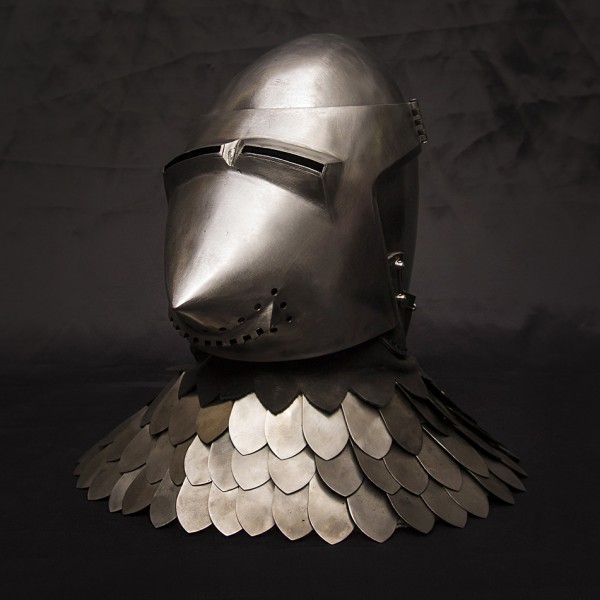
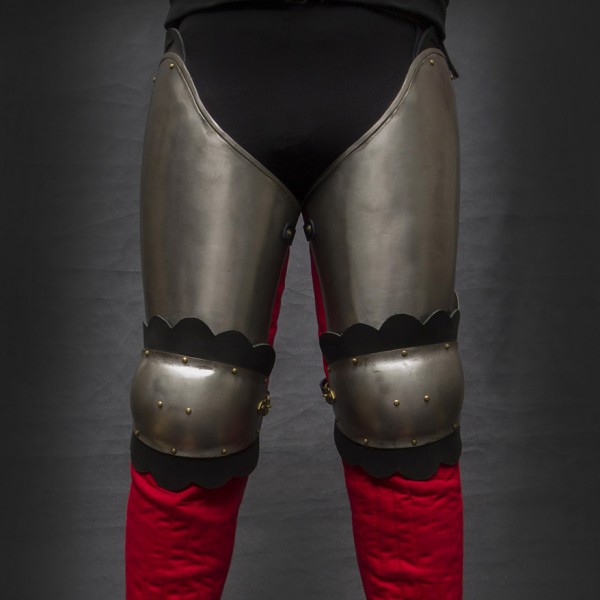
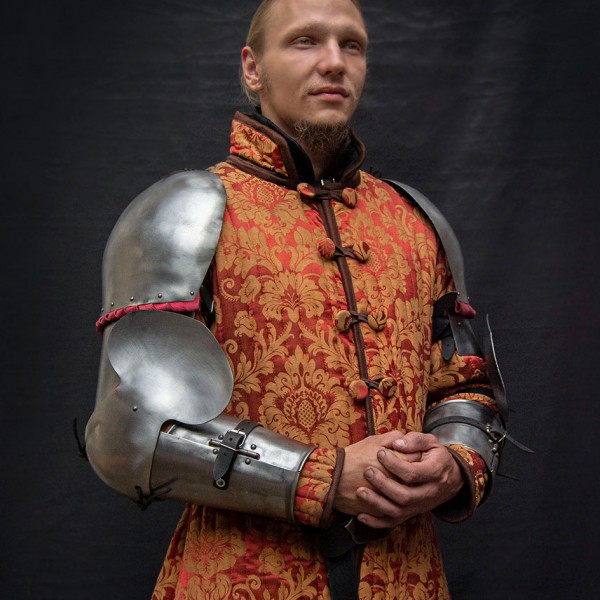
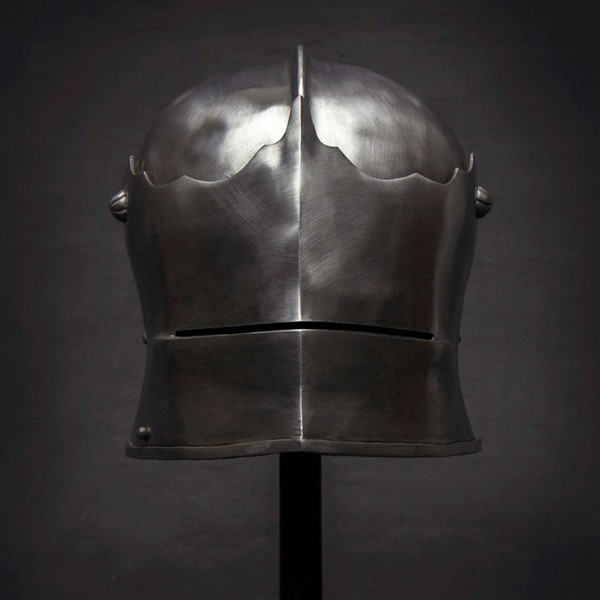

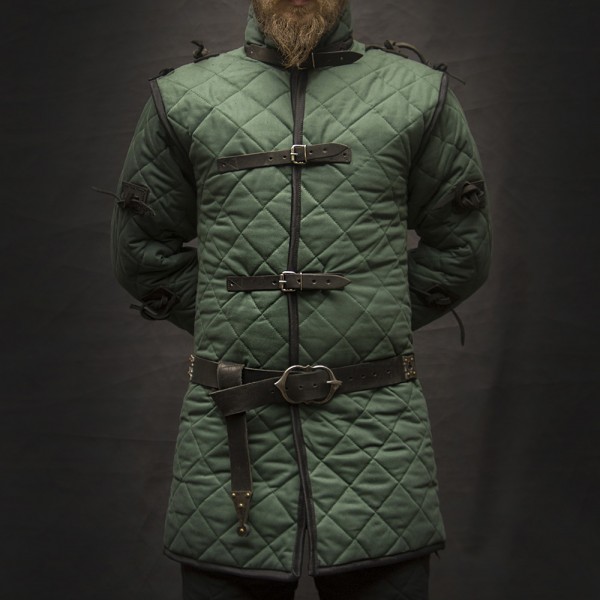

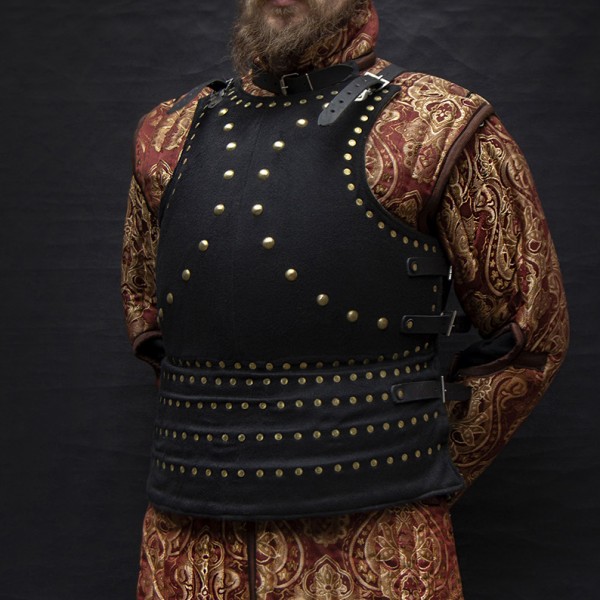

 Shop
Shop